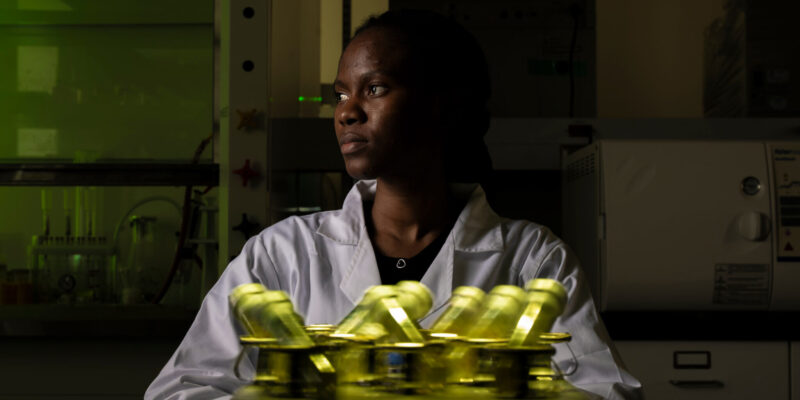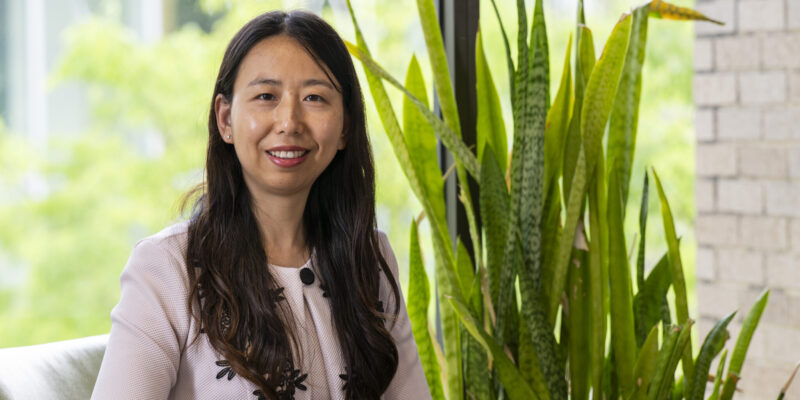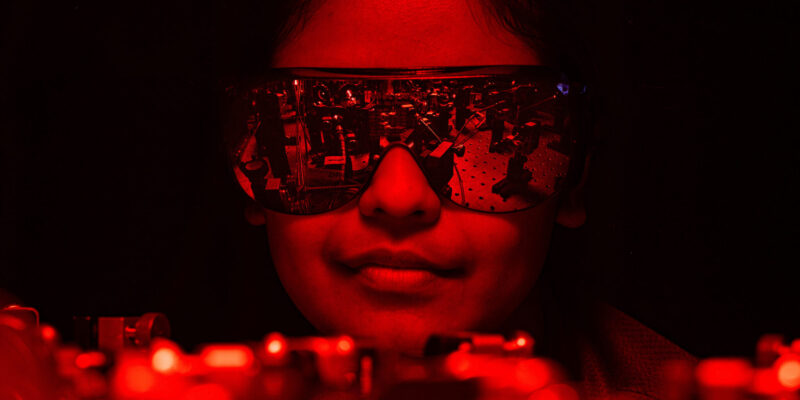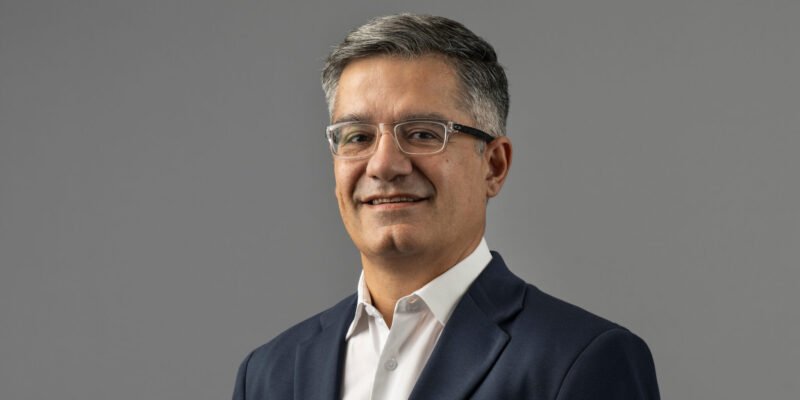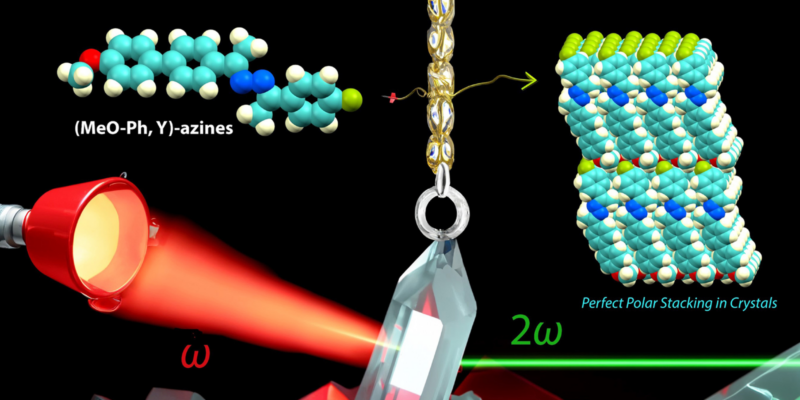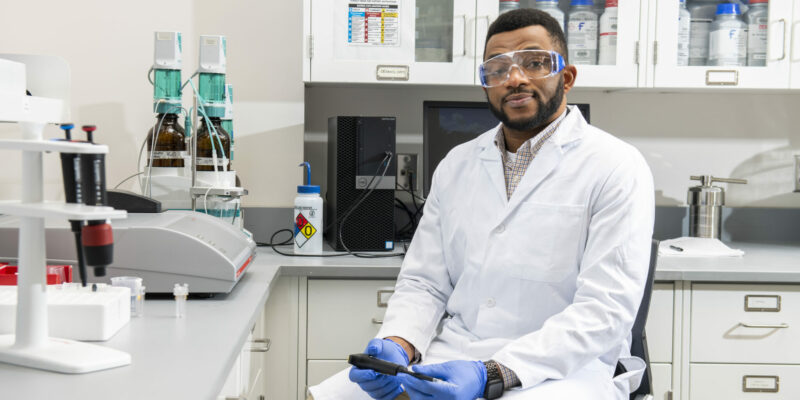Science & Tech
How many forever chemicals are in your local fish populations?
Substances known as “forever chemicals” are widely used, long-lasting chemicals that break down very slowly over time, such as Teflon. The technical name of forever chemicals is perfluoroalkyl and polyfluoroalkyl substances (PFAS) and they are found in water, air, fish and soil at locations around the world. Despite their prevalence, the extent of their impact on the environment is still not fully known.
Read More »S&T researcher investigates small-class effects on science achievement
Many factors affect a high school student’s ability to excel in science classes. Smaller classroom sizes are generally thought to improve most subjects’ lessons, especially reading and mathematics, but few studies have been conducted that look at science achievement.
Read More »Laser-focused on atomic research
Graduate student Shruti Majumdar is building her Ph.D. dissertation on two award-winning research projects that she has already presented. Both focus on the exploration of the few-body problem – where multiple particles interact in unpredictable ways in ion-atom collisions. In 2023, Majumdar earned second place in Missouri S&T’s Shearer Prize competition, which recognizes the […]
Read More »S&T chemist researches how plant growth is regulated
Ever wondered what gives foods like garlic, horseradish and mustard their strong taste and smell? It’s the chemical structure of the plant cells signaling and creating defenses. But scientists still don’t completely understand the molecular functions and physiological roles of certain enzymes in similar plants.
Read More »78 researchers affiliated with Missouri S&T among top 2% cited scientists in their fields
A total of 67 current and former faculty of Missouri S&T are among the top researchers in their field as measured by their career research records, and 54 current or former Missouri S&T researchers were among the best in their fields in 2023, according to a recent analysis of standardized citation indicators of the Elsevier Data Repository published by Stanford University.
Read More »S&T graduate student’s work featured on cover of international chemistry journal
A chemistry research team from Missouri S&T recently had its work featured on the cover of “Chemistry – A European Journal.” Harmeet Bhoday, a Missouri S&T Ph.D. student in chemistry from Chandigarh, India, was the lead author of an article titled “Perfect Polar Alignment of Parallel Beloamphiphile Layers: Improved Structural Design Bias Realized in Ferroelectric […]
Read More »Searching for the missing link between growth and longevity
Many scientists believe that in mammals, there’s a tradeoff between growth and better health. Pugs, for example, are known to live longer than their larger counterpart in the dog world, the Great Dane. But a new study shows that when more energy is allocated to the creation of better cellular materials, longevity is enhanced.
Read More »Fighting fire dispatcher burnout
Emergency response dispatchers are the first people who receive calls about active fires. These workers need to quickly make decisions, send responses and coordinate logistics. But the job doesn’t end there for wildfires, because there may be a need for air tankers and helicopters, and then the dispatchers will need to relay ground information, such as wind direction, to the firefighters on the scene.
Read More »The year in research – stories worth revisiting
From improving glaucoma treatment to mining the minerals needed for our daily lives, Missouri S&T researchers are coming up with innovative ways to tackle challenges. Here’s a look back at 10 research topics of 2023 that demonstrate the variety and depth of research at S&T.
Read More »